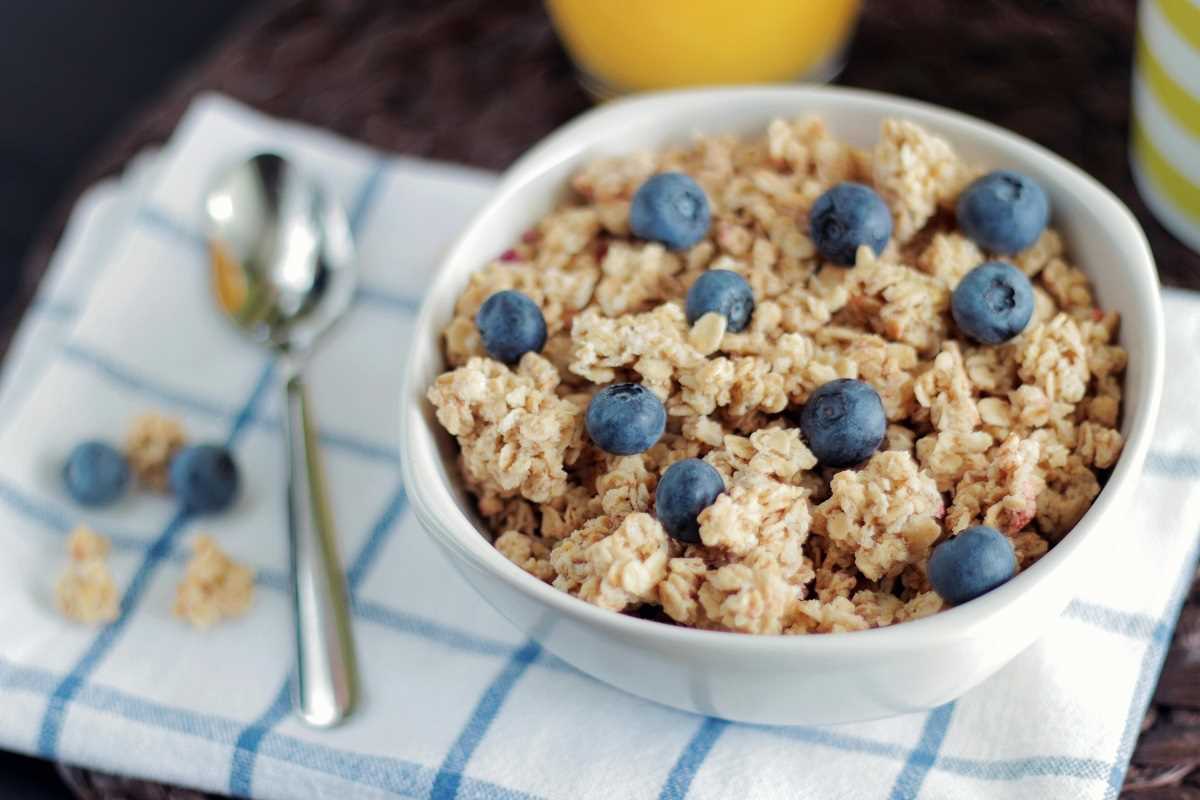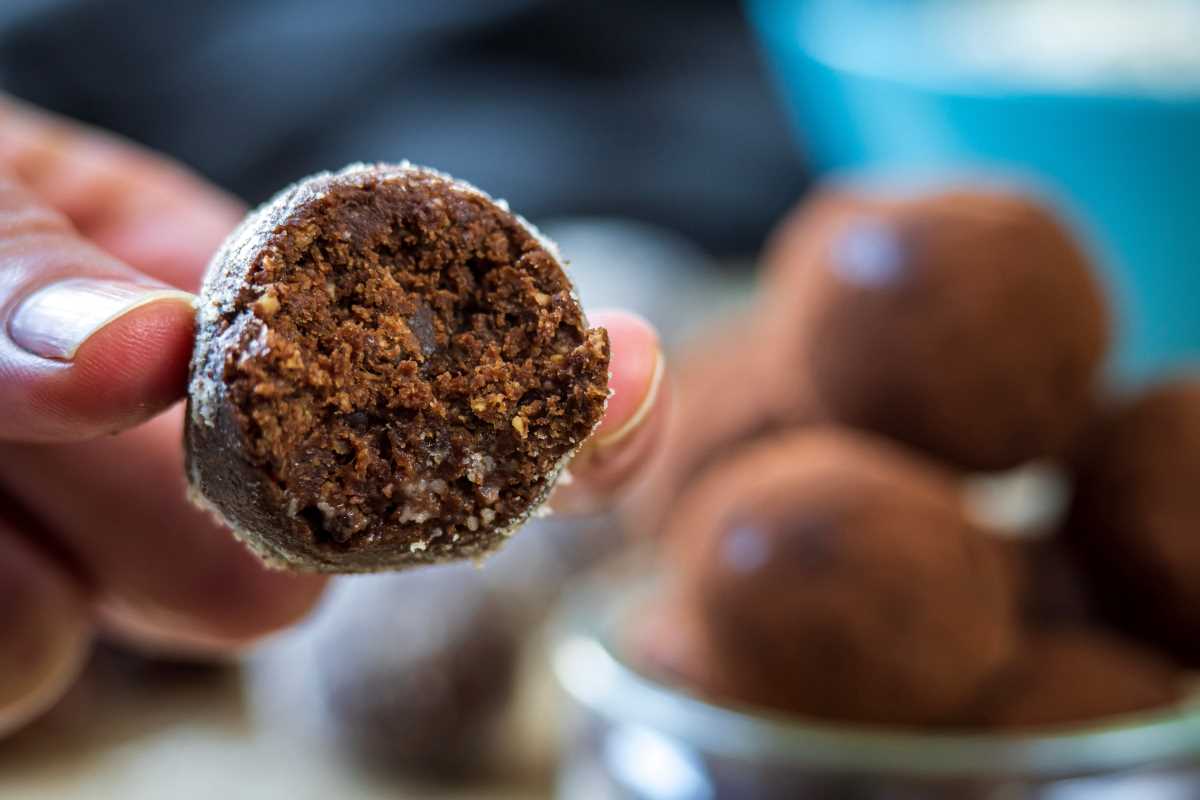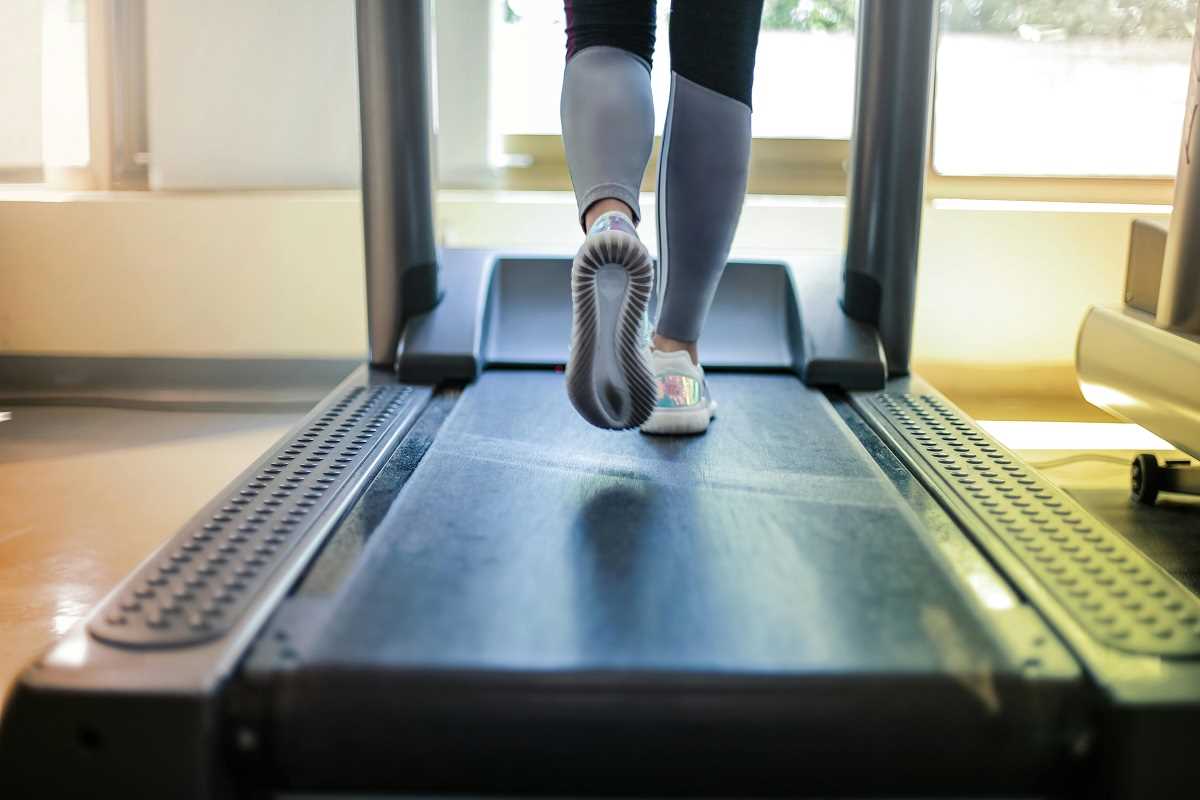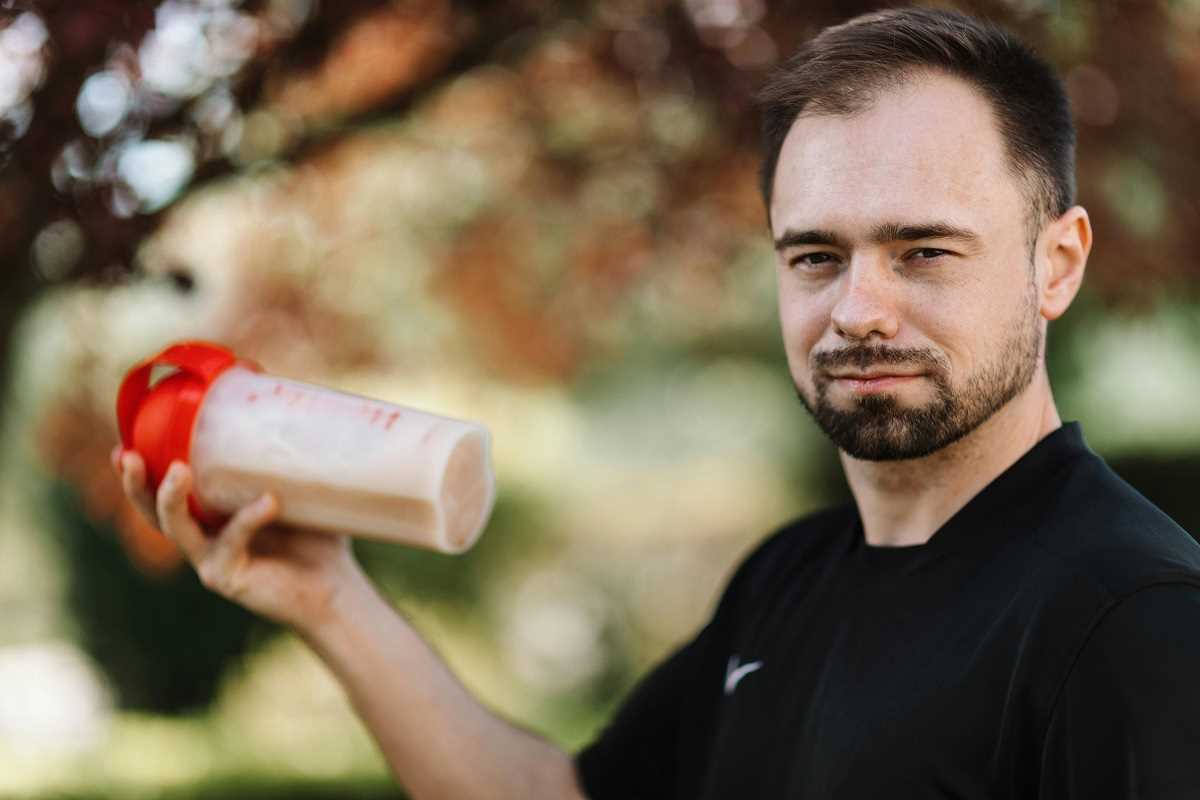Metabolism plays a key role in energy regulation, digestion, and overall health. It’s essentially your body’s engine, converting food and drink into energy needed for everything from breathing to walking. While factors like genetics and age do have an impact on your metabolic rate, your daily habits hold significant power over how efficiently your body burns calories. One of the most effective ways to give your metabolism a boost is through movement. This article takes an in-depth look at how integrating daily movement habits into your life can amplify your metabolic rate and enhance your well-being.
Understanding Metabolism
Before we explore how movement can rev up your metabolism, it’s crucial to understand what metabolism actually is. Metabolism refers to the chemical processes that occur within your body to sustain life, and it can be broken down into three main components:
- Basal Metabolic Rate (BMR): This is the energy your body needs to perform essential functions like breathing, circulating blood, and regenerating cells while at rest. BMR accounts for about 60%-75% of your total calorie burn.
- Thermic Effect of Food (TEF): This relates to the calories your body expends to digest, absorb, and store nutrients. TEF typically contributes around 10% of your daily energy expenditure.
- Physical Activity Energy Expenditure (PAEE): The most variable component, PAEE consists of calories burned through movement and exercise. Whether you’re brisk walking, swimming, or dancing, these activities significantly impact your metabolic rate.
While you can’t control every aspect of your metabolism, especially your BMR, there’s a lot you can do to fuel your PAEE through daily movement and boost your overall calorie-burning potential.
Why Movement is Essential for a Healthy Metabolism
With the rise of sedentary lifestyles, many of us unknowingly sabotage our metabolic health by sitting for prolonged periods. Static behavior slows your metabolism, while even minor movements can activate enough processes in your body to help you burn energy, stay healthier, and feel more balanced. Here are some pivotal ways movement can transform your metabolic health:
1. Burns Calories
Every movement—from standing to climbing stairs—requires energy, which helps you burn calories. This is why keeping active throughout the day, no matter what form it takes, keeps your metabolism ticking.
2. Builds Muscle Mass
Muscles are metabolically more active than fat, meaning the more muscle you build, the higher your baseline calorie burn (even when you’re resting). Engaging in strength-based exercises adds lean muscle and fosters long-term metabolic improvements.
3. Regulates Hormonal Balance
Movement prompts the release of hormones like adrenaline and norepinephrine, both of which are known to kickstart the metabolism. Additionally, reducing insulin resistance through regular activity prevents energy dips and stabilizes blood sugar levels.
4. Supports Energy Expenditure Beyond the Gym
Physical activity doesn’t just enhance metabolism during workouts; it also awakens formerly dormant muscles, keeping your body in a calorie-burning state long after you’ve stopped moving.
By incorporating strategic movement into your everyday routine, you can keep your metabolism fired up and working for you all day.
7 Daily Movement Habits to Boost Your Metabolism
1. Take Routine Walks
Walking remains one of the most accessible yet underrated forms of exercise for jumpstarting your metabolism. It’s low-impact, requires no special equipment, and can fit into even the busiest schedule.
- Why It Works: Brisk walking increases caloric expenditure, stimulates the digestive system, and improves circulation. Studies have shown that walking after meals enhances your body’s ability to metabolize food, preventing those post-meal energy slumps.
- How-to: Aim for at least 10,000 steps a day, breaking it into manageable chunks like three 15-minute walks or a longer 5K stroll. You can also make lunchtime walks a part of your daily routine.
- Bonus: For an even greater boost, add hills to your route or alternate between walking and short bouts of jogging to activate more muscle groups.
2. Commit to Strength Training
Strength training isn’t just for bodybuilders. Building muscle through bodyweight exercises or resistance tools like dumbbells and resistance bands directly impacts your metabolic rate.
- Why It Works: Muscle tissue burns more calories than fat tissue, even at rest, making strength training a powerful tool for a higher resting metabolic rate.
- How-to: Focus on compound exercises (like squats, lunges, and deadlifts) that target multiple muscle groups simultaneously. If you’re new, try two 20–30 minute sessions per week using your own bodyweight. You can gradually add weights as you grow stronger.
- Bonus Idea: Incorporate functional exercises, like kettlebell swings or farmer’s walks, which mimic real-life movements and help build practical strength.
3. Stand Up More Frequently
Extended periods of sitting are metabolically inefficient. Research links sitting to slower metabolic rates and a range of health concerns, including increased blood sugar levels.
- Why It Works: Simply standing activates muscles neglected during sitting, burns more calories, and promotes better circulation.
- How-to: Set an alarm as a reminder to stand every 30-45 minutes. Alternatively, invest in a standing desk or choose to walk while taking phone calls.
- Bonus Tip: Add gentle movements (like stretching, knee lifts, or light pacing) for extra activation while standing.
4. Add a Dose of HIIT (High-Intensity Interval Training)
High-Intensity Interval Training alternates brief, intense bursts of activity with slower recovery periods. Due to its intensity, HIIT not only torches calories during workouts but also elevates your metabolism for hours afterward, a phenomenon known as post-exercise oxygen consumption (EPOC).
- Why It Works: HIIT stimulates muscle use, cardiovascular health, and calorie burn all at once.
- How-to: An accessible beginner routine might alternate 20 seconds of jumping jacks with 40 seconds of slow march-in-place for 15 minutes. Experienced exercisers may opt for sprint intervals or cycling drills.
- Bonus: Keep sessions short but consistent (around 20–30 minutes, 2–3 times per week). This keeps you engaged without over-exertion.
5. Don’t Underestimate Flexibility Work
Gentle activities like yoga or stretching often focus on mindfulness, but they also come with metabolic perks.
- Why It Works: Yoga reduces cortisol (stress hormone) levels, which are linked to fat storage. Certain poses even stimulate digestion and energy utilization.
- How-to: Dedicate at least 10 to 15 minutes a day to gentle morning stretches or a restorative yoga session before bed.
- Bonus: Poses like twists help flush toxins and invigorate your metabolism. Mountain Pose helps improve posture, optimizing oxygen flow and energy balance.
6. Prioritize Active Breaks
Active breaks are a metabolic game-changer for busy people. These small spurts of movement break up sedentary periods while boosting overall activity levels.
- Why It Works: Even 5 minutes of quick exercises like jumping jacks or brisk pacing interrupts the metabolic “slump” caused by sitting.
- How-to: Use time-blocking methods like the Pomodoro Technique, pairing focused work periods with 5-minute active breaks, or multitask by doing calf raises while waiting at the microwave.
- Bonus Action Plan: Create a daily goal of completing five active mini-sessions, such as 10 bodyweight squats between meetings.
7. Focus on Your Posture
Good posture isn’t just about standing tall; it’s about activating your core and ensuring oxygen flow to your muscles and organs.
- Why It Works: Imbalanced posture can weaken core muscles, restrict breathing, and lead to inefficient calorie burning.
- How-to: Incorporate short workouts focusing on planks, chin tucks, and side stretches to realign your posture muscles.
- Pro Tip: Use your phone or smartwatch to set posture-check reminders during long work sessions.
Pairing Lifestyle Choices with Movement for Added Impact
Boosting your metabolism doesn’t stop at movement. Combine these habits with other metabolic-friendly lifestyle changes for maximum benefits:
- Stay Hydrated: Water facilitates digestive function and regulates body temperature. Keep a water bottle on hand to sip regularly.
- Prioritize Protein: Since protein-rich foods require more energy to digest, opt for high-protein snacks like yogurt or nuts, especially after workouts.
- Get Consistent Sleep: Sleep regulates pivotal hormones impacting metabolism, like cortisol and leptin. Aim for quality, uninterrupted rest every night.
- Commit to Consistency: The body thrives on routines. Daily habits reinforce metabolic rhythms and make it easier to maintain sustained activity levels.
Wrapping Up
Your metabolism is like a furnace that thrives when fed the right fuel and continuously stoked. By threading simple yet effective movement habits into your day, you can ignite that inner furnace, increasing energy levels, optimizing digestion, and burning calories more efficiently.
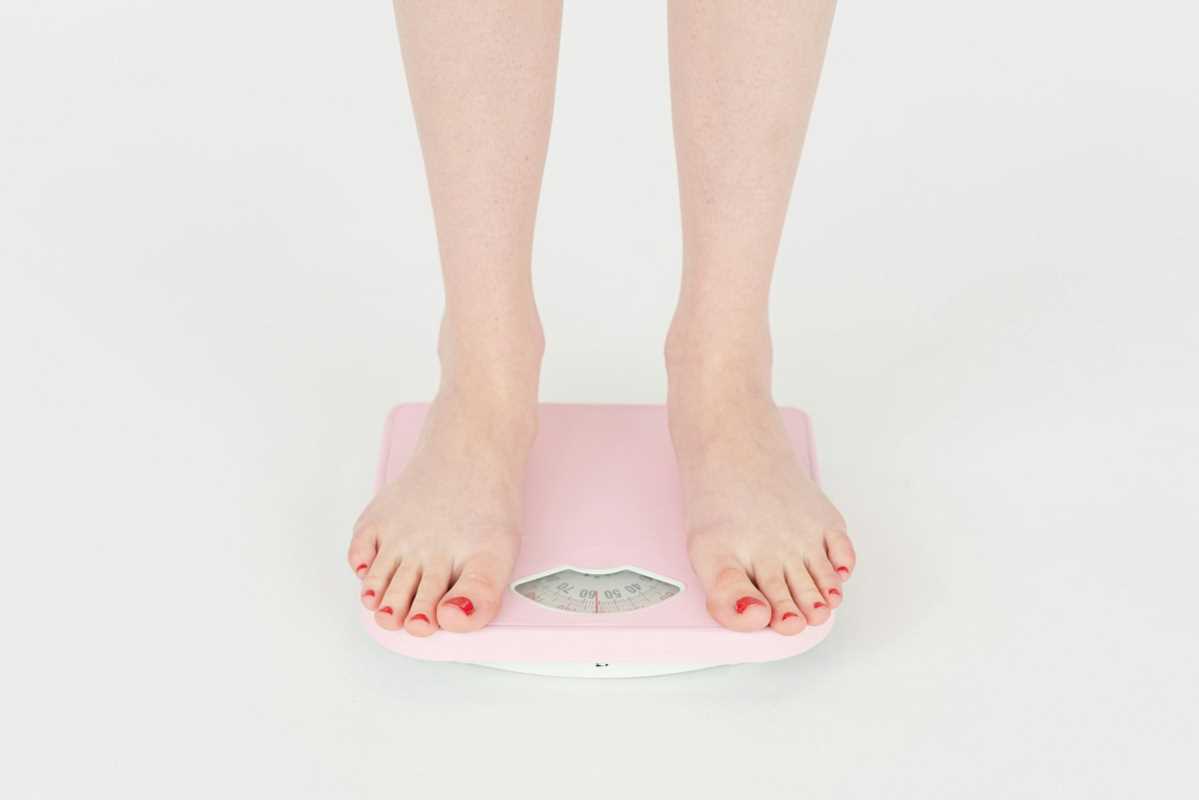 (Image via
(Image via